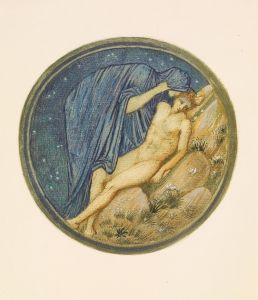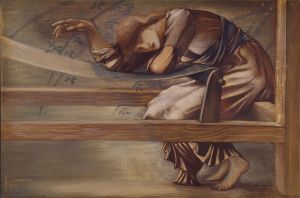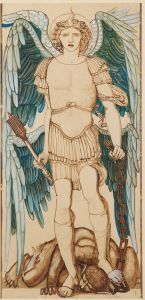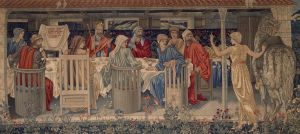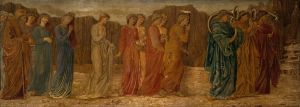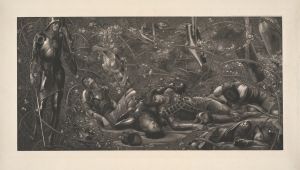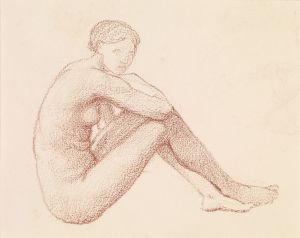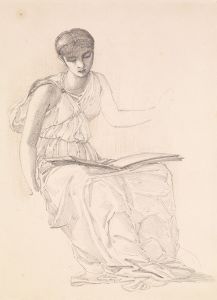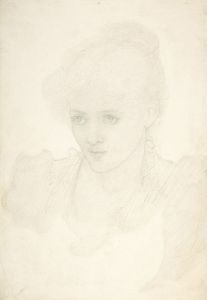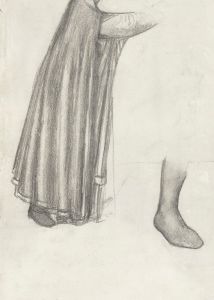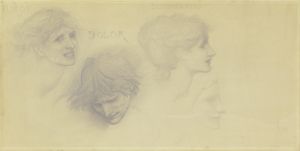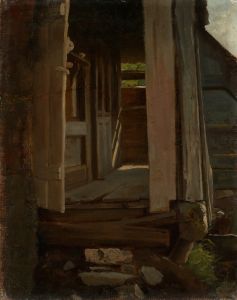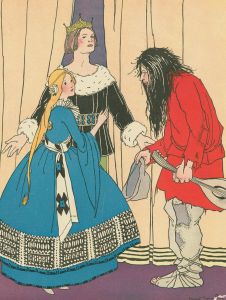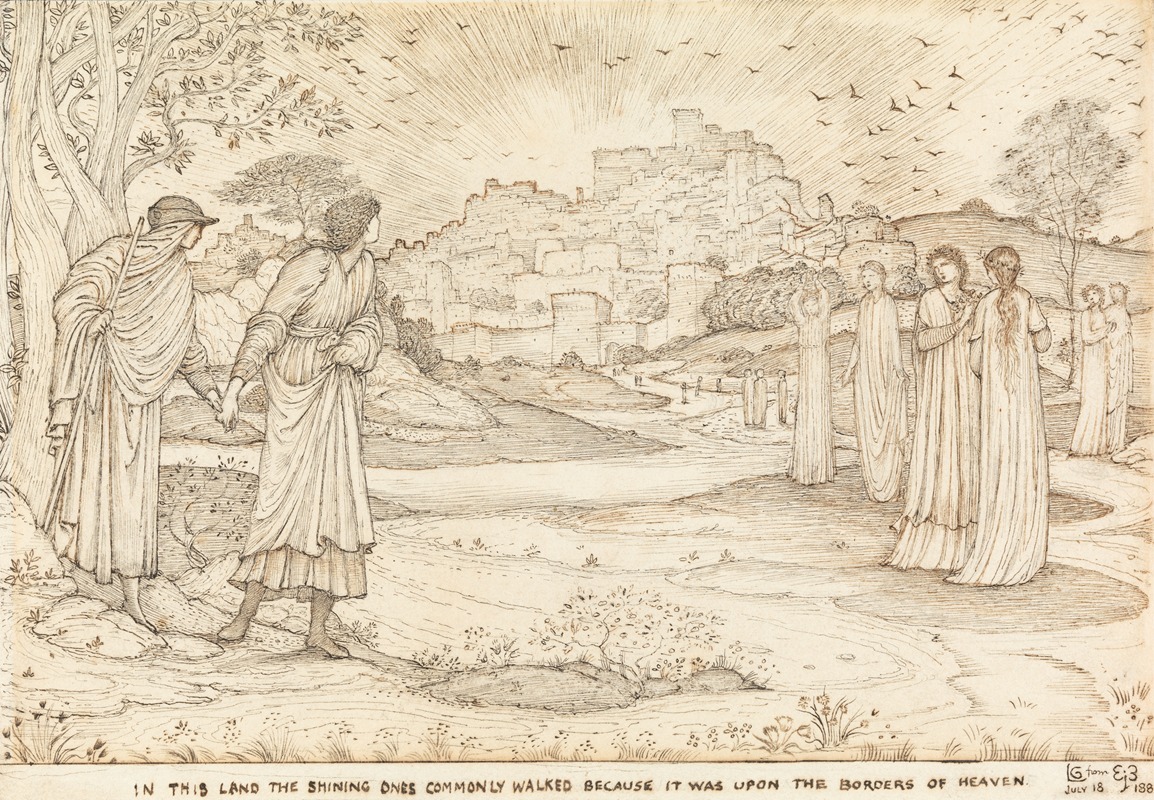
The Land of Beulah
A hand-painted replica of Sir Edward Coley Burne-Jones’s masterpiece The Land of Beulah, meticulously crafted by professional artists to capture the true essence of the original. Each piece is created with museum-quality canvas and rare mineral pigments, carefully painted by experienced artists with delicate brushstrokes and rich, layered colors to perfectly recreate the texture of the original artwork. Unlike machine-printed reproductions, this hand-painted version brings the painting to life, infused with the artist’s emotions and skill in every stroke. Whether for personal collection or home decoration, it instantly elevates the artistic atmosphere of any space.
"The Land of Beulah" is a painting by the British artist Sir Edward Coley Burne-Jones, a prominent figure in the Pre-Raphaelite Brotherhood and the later Aesthetic Movement. Burne-Jones, born in 1833 and died in 1898, was known for his romantic and medieval-inspired works that often depicted mythological and literary themes.
"The Land of Beulah" was created in 1878 and is part of a series of works that illustrate themes from John Bunyan's allegory "The Pilgrim's Progress," a Christian allegory published in 1678. In Bunyan's narrative, the Land of Beulah represents a place of peace and rest that pilgrims encounter before reaching the Celestial City, symbolizing heaven. This land is described as a place of beauty and tranquility, where the burdens of the world are left behind.
Burne-Jones's depiction of the Land of Beulah captures the serene and idyllic nature of this allegorical place. The painting features a lush, verdant landscape with gentle hills and a calm, reflective body of water. The use of soft, muted colors and delicate, flowing lines creates a dreamlike atmosphere, emphasizing the sense of peace and spiritual rest that the Land of Beulah represents.
The figures in the painting are often depicted in classical, flowing garments, characteristic of Burne-Jones's style. These figures are typically shown in contemplative poses, further enhancing the painting's tranquil and reflective mood. Burne-Jones's attention to detail and his ability to convey emotion through facial expressions and body language are evident in this work.
"The Land of Beulah" reflects Burne-Jones's fascination with medieval and Renaissance art, as well as his interest in themes of spirituality and transcendence. His work often sought to evoke a sense of timeless beauty and to transport viewers to a world of imagination and myth. This painting is no exception, as it invites viewers to contemplate the spiritual journey and the promise of peace and rest that lies beyond the trials of life.
Burne-Jones's work was highly influential in the late 19th century, and he was associated with other notable artists and writers of the time, including William Morris, with whom he collaborated on various projects. His paintings, including "The Land of Beulah," continue to be celebrated for their beauty, craftsmanship, and emotional depth.
Today, "The Land of Beulah" is held in various collections and continues to be studied and admired by art historians and enthusiasts. It remains a testament to Burne-Jones's skill as an artist and his ability to convey complex allegorical themes through his work.





